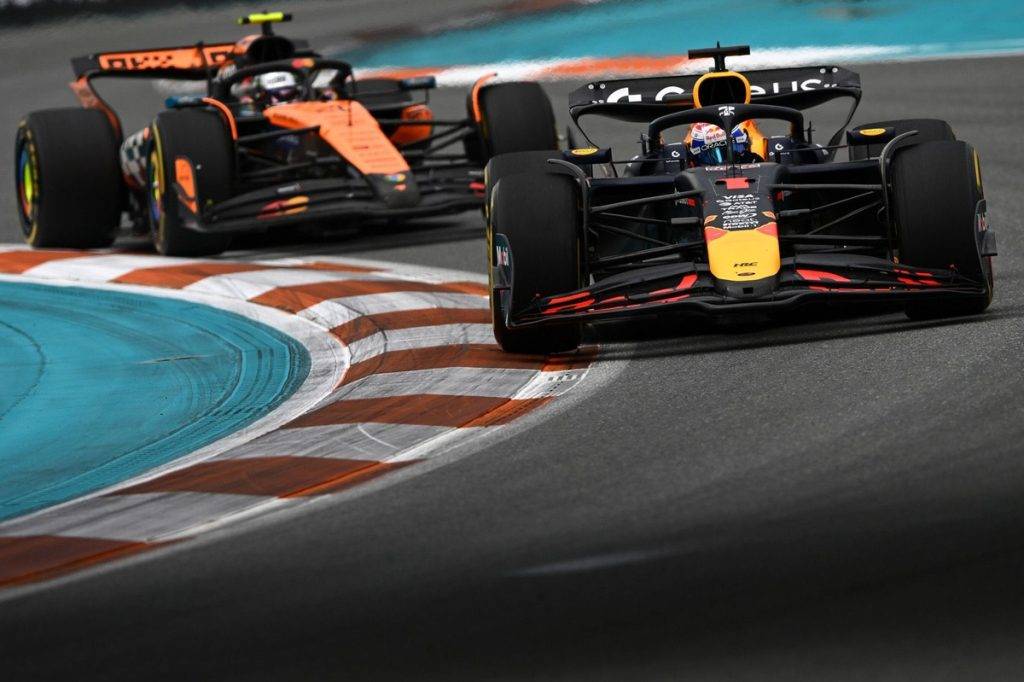Verstappen Faces Tough Challenge as Red Bull Struggles Against Mclaren
The opening races of the 2025 Formula 1 season have painted a stark picture for Max Verstappen and Red Bull Racing. Despite the Dutchman’s penchant for extracting maximum performance from his RB21, Red Bull finds itself outclassed by McLaren in race settings, leaving the reigning champion grappling for the tools necessary to mount a successful championship defence.
How big is Red Bull’s challenge in F1 2025?
The early-season trends suggest that Red Bull must confront significant challenges head-on if it is to remain competitive in the relentless world of Formula 1.
Qualifying vs. Race Performance
Over the first six race weekends, Verstappen has demonstrated his capability in qualifying, earning pole positions in Suzuka, Jeddah, and Miami. However, race day has revealed a different story. The RB21 struggles to maintain pace against the McLaren cars, sacrificing track position due to ineffective tyre management and overheating issues.
According to McLaren team principal Andrea Stella, the unpredictability of the MCL39 impacts performance over single laps, making it harder for drivers like Oscar Piastri and Lando Norris to deliver consistent top-tier qualifying times. Conversely, the vehicle shines during races, benefitting from better tyre management in hotter conditions.
Strain on Red Bull: A Reality Check in Bahrain and Miami
In Bahrain and Miami, Red Bull faced harsh realities. Elevated temperatures exacerbated tyre wear, with Verstappen finishing over 30 seconds behind in Bahrain, followed by a nearly 40-second deficit in Miami. Helmut Marko, Red Bull’s advisor, estimated performance gaps of up to one second per lap, raising concerns within the organisation about their competitiveness moving forward.
Investigating McLaren’s Advantage
The spotlight now shifts to understanding McLaren’s superior tyre performance. Verstappen openly acknowledged the effectiveness of McLaren’s tyre strategy, hinting that Red Bull must reassess its own approach. Preliminary investigations suggest that McLaren’s sophisticated management of brake temperatures plays a critical role, allowing them to maintain lower tyre wear.
Bridging Knowledge to 2026 Regulations
As the 2025 season progresses, the lessons learned may carry over into 2026, where new regulations will reshape the competition. Stella believes that foundational tyre management strategies can influence future designs. Both teams are eyeing improvements not only to this year’s performance but also in anticipation of a radically different car landscape.
Conclusion: The “Black Art” of Tyre Management
The disparity in tyre management emphasizes its pivotal role in modern Formula 1, and currently, McLaren excels in this area. For Red Bull, addressing these deficiencies could be the key to not only securing standings this season but also paving the way for success in 2026. With the competition heating up, the next few races could prove crucial in determining whether Red Bull can reclaim its dominant position.
In the fast-paced world of Formula 1, time may be running out for Red Bull Racing to turn the tide.


